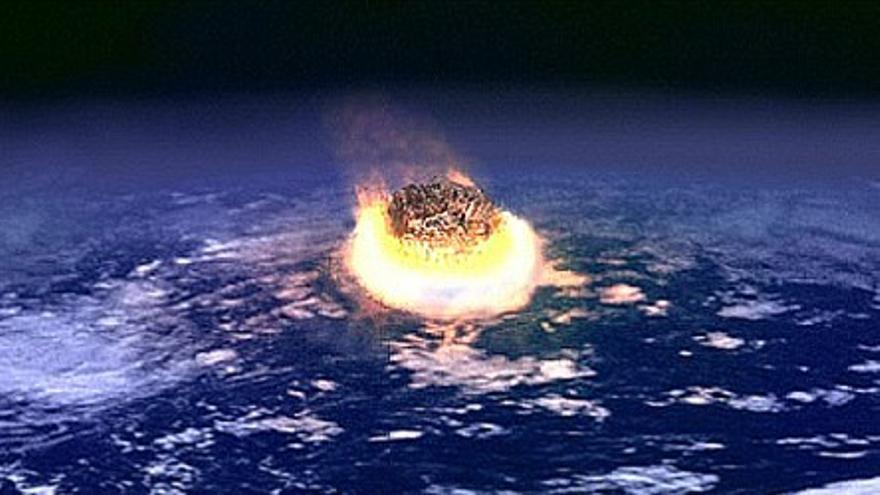both the POT like others scientific and academic organizations constantly conducting research and studies on near earth asteroids. The goal is to identify, track, and assess the impact risk of potentially dangerous asteroids. These efforts are focused on collecting data on the orbit, size, shape and composition of asteroids to predict their trajectory and assess the possibility of an impact on our planet.
NASA, through its Near-Earth Object Observations (NEOO) program, and other academic and astronomical institutions around the world, work together to monitor and catalog near-Earth asteroids. Use telescopes and observatories to identify and track these objects, and collect data to refine orbit predictions and assess potential risks.
close to earth
One of these studies, one of the most recent, is the one carried out by NASA together with scientists from the University of Colorado, which analyzes the various asteroids that orbit the Earth to assess the risks of future collisions.
This studiopublished at the end of May, has provided a wealth of information about our solar system and the asteroids in it, a total of 962 at least one kilometer wide, periodically passing «near» our planet. To determine which of them could get close enough to end up in a possible impact with Earth, the researchers used innovative mathematical tools to predict the future trajectories of more than 800 celestial objects over the next 1,000 years.
The specialists identified a particular object, the asteroid 7482, as especially dangerous. They also highlighted another asteroid, the 143651, which has such a chaotic orbit that it is impossible to predict its exact position after a few decades. In all, the astronomers identified a twenty objects -a total of 28 candidates– that they have a non-zero probability of a «deep and close encounter», which means that they will pass within less than the distance of the Earth from the Moon.
collision probability
In the specific case of asteroid 7482, they determined that a significant amount of time near earth during the next millennium. Although this does not mean however that it will crash against our planet, it does indicate that this rock presents the highest probability of a collision during the next thousand years. Regarding 143651, meanwhile, they highlighted that the enormous scarcity of its orbit constitutes the greatest risk, since it is not possible to determine its location with certain regularities.
Related news
«We don’t want to alarm peoplebecause the results are not alarming,» said Oscar Fuentes-Muñoz, lead author of the study. But, according to this scientist, establishing the trajectory of an asteroid decades in advance is much more effective than doing it a few years or months before an impact provided.
In fact, the sooner the object is detected, the easier it will be to gather crucial information about its composition, its speed, its exact trajectory, and therefore the easier it will be to establish the real risk that this implies for the Earth.

